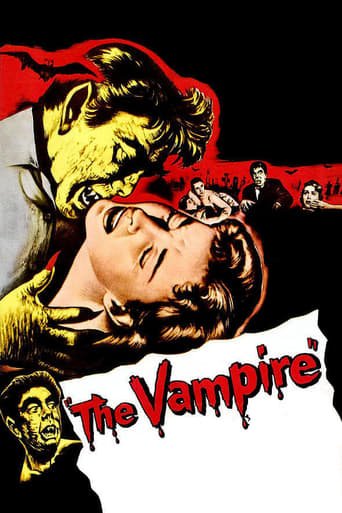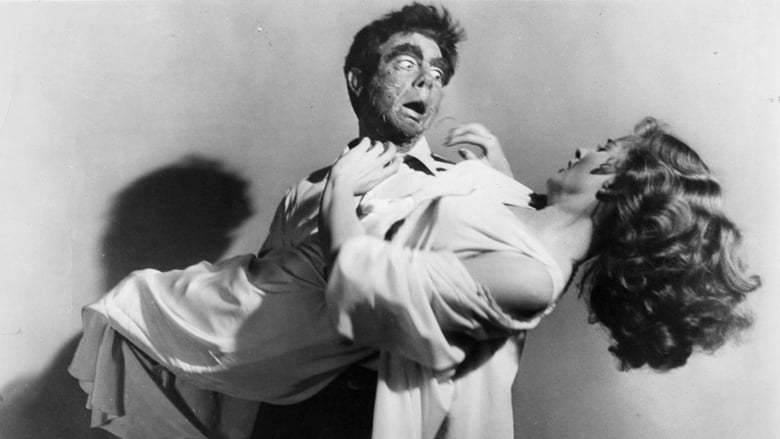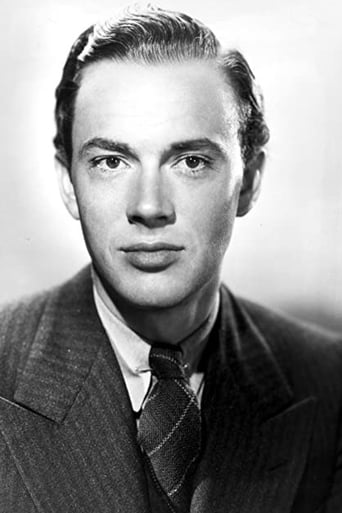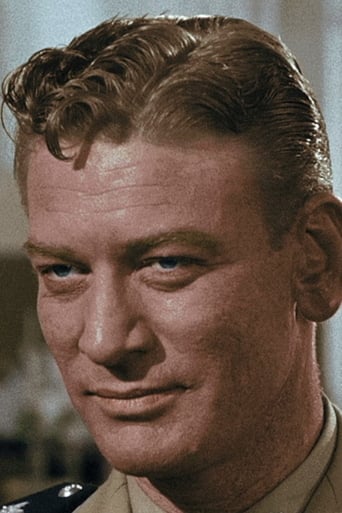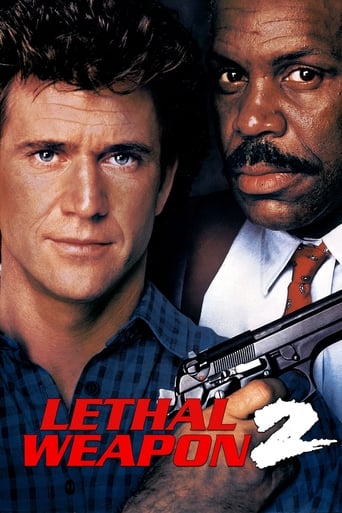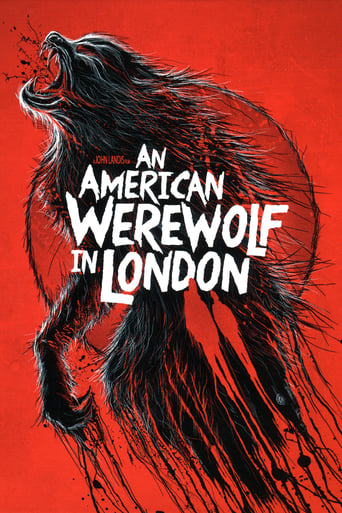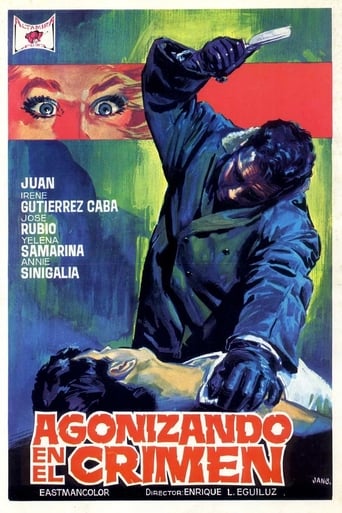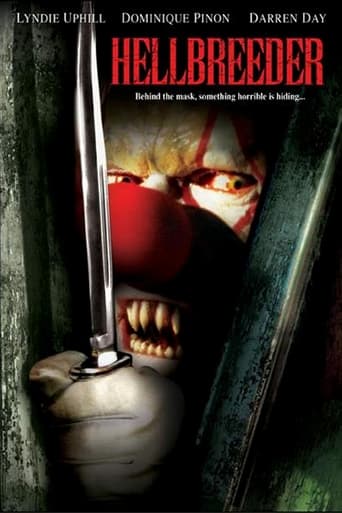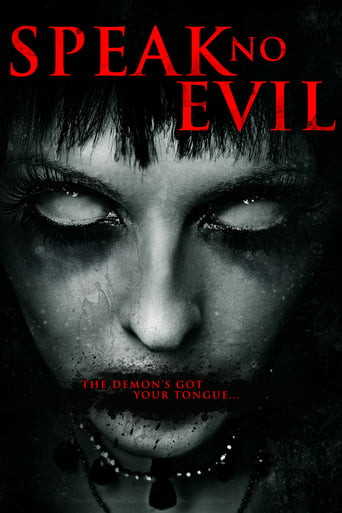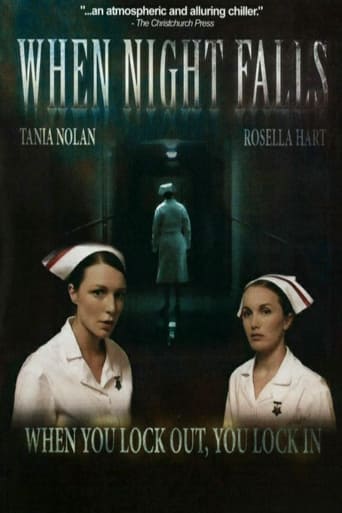The Vampire (1957)
A small town doctor mistakenly ingests an experimental drug made from the blood of vampire bats which transforms the kindly medic into a bloodthirsty monster.
Watch Trailer
Cast


Similar titles
Reviews
Memorable, crazy movie
When a movie has you begging for it to end not even half way through it's pure crap. We've all seen this movie and this characters millions of times, nothing new in it. Don't waste your time.
A film with more than the usual spoiler issues. Talking about it in any detail feels akin to handing you a gift-wrapped present and saying, "I hope you like it -- It's a thriller about a diabolical secret experiment."
This is one of the few movies I've ever seen where the whole audience broke into spontaneous, loud applause a third of the way in.
This black & white thriller from United Artists is a different type vampire movie. Doctor Beecher (John Beal) is given a bottle of pills by his friend Dr. Campbell, who has been experimenting with vampire bat blood. Campbell dies mysteriously and Beecher's chronic headaches begin getting worse. After he accidentally takes one Campbell's pills thinking it was one of his migraine tablets, blackouts are suffered nightly.Several days in succession heart attack victims are discovered to have small marks on their necks. Friendly Dr. Beecher, out of character, has bouts of moodiness; and and he realizes he may be responsible for the series of heart attacks that have become murders. Watching the doc transform into a vampire is of course the movie's highlight. This flick is well acted and written by Pat Fielder and directed by Paul Landres. Some scary moments and that wonderful B&W atmosphere.Rounding out the cast: Colleen Gray, Dabbs Greer, Kenneth Tobey, Lydia Reed and James Griffith.
The biggest spoiler connected with this film is its title. Shot under the working title 'It's Always Darkest Before the Dawn', Pat Fielder's story feels as if it started life as a drama about drug addiction revamped (if you'll pardon the expression) as a horror film. (The line "aspirin never hurt anyone" is ironic, since aspirin is used far more cautiously these days.) The plot, with its drug that causes "regression to a primitive state", sounds more like Jekyll & Hyde. The few perfunctory vampiric details, such as the very inoffensive fang marks left on one victim's neck, and the fact that the pills are extracted from vampire bats, feel like token late additions to the script. The climax takes place out of doors in broad daylight and detective Ken Tobey defends himself with a big hefty stick, which if the film's makers had been on the ball he could have driven into his attacker's chest rather than just used to shield himself with. Veteran cameraman Jack MacKenzie's photography of the small town setting and interiors is clean and attractive, but also fails to deliver in the more shadowy and horrific moments.What makes this film so harrowing to experience is the quality of the acting and the human dimension. John Beal is so sympathetic you genuinely care about him (as you do for the other characters), and for the sake of him and his cute young daughter Lydia Reed you badly want to see some sort of happy resolution for them; even though you know full well that that becomes more and more out of the question with every passing minute. The monster makeup comes as a double disappointment because its crudeness (he looks more like the Neanderthal Man than any vampire) is wholly unworthy of the buildup that Beal's performance has given it.
This movie essentially begins with a man named "Dr. Matt Campbell" (Wood Romoff) being discovered in his laboratory by a delivery boy and in need of serious medical attention. Upon being notified "Dr. Paul Beecher" (John Beal) immediately rushes to the house but Matt dies only a couple of minutes later. However, before he dies Matt mumbles something totally incoherent and gives Paul a small bottle of pills in the process. Not long afterward, Dr. Beecher develops a migraine and accidentally takes the pills Matt gave him by mistake. The next day Dr. Beecher gets a call that a woman named "Marion Wilkins" (Ann Staunton) is extremely sick and this prompts him to go to her house right away. However, upon attempting to examine her she becomes extremely agitated by his presence before suddenly dying of an apparent heart attack. It's at this time that Paul discovers two bite marks on her neck--and it isn't long before more people begin to die of the same thing. Now rather than reveal any more I will just say that this was a different type of vampire film which bore a definite affinity to the "Dr. Jekyl and Mr. Hyde" scenario. That being said, it didn't quite have the same character one might expect of a traditional vampire film but even so it was still entertaining to a degree and for that reason I have rated it accordingly. Average.
At first I wanted to leave my viewing of this one for another day but, since I was impressed with THE RETURN OF Dracula (1958) made by several of the same people I decided to check this one out soon after! I knew it treated the characteristically Gothic vampire legend as sci-fi (the decade having shown a boom in this field to the detriment of the more classical horror style, that is until the advent of Hammer Films around this same time) and, in retrospect, it's not particularly convincing especially since the ill-fated lead turns into a blood-drinker (at least the first time it occurs) merely by taking one tiny experimental pill! Eventually, he becomes addicted to them and increases the dose (a nod, certainly, to the drug problem which had also begun to intensify by then, and was seriously treated in such major films as Otto Preminger's THE MAN WITH GOLDEN ARM [1955] and Nicholas Ray's BIGGER THAN LIFE [1956]). Towards the end, however, he changes in spite of the 'concoction' yes, changes, as the film attempts rather awkwardly to link the blood-drinker's behavior with the equally popular Jekyll/Hyde formula (pardon the pun) but the exaggerated make-up is perhaps a bit overdone (reminding one, as does the remote experimental laboratory, of TARANTULA [1955])!I may have seemed unfairly harsh to THE VAMPIRE in my comments above; still, my relatively high rating indicates that I was quite pleased with it overall: in fact, this is a very enjoyable (if clearly minor) genre effort though I feel that THE RETURN OF Dracula is still the superior film. What this one definitely has going for it is a remarkable central performance by John Beal, who nails every aspect of his character his dedication to his profession (he's the town doctor), his confusion and remorse at his nightly exploits as a monster, and his compulsion for the drug (and, by extension, human blood).Genre stalwart Kenneth Tobey is on hand as the sheriff hero; the other main roles are very adequately filled by Coleen Gray as Beal's secretary (romantically pursued throughout by Tobey), Dabbs Greer as Beal's old school chum now a renowned scientist, James Griffith as the latter's vaguely sinister assistant (perhaps intended to cater to the hipsters in the crowd by being made to constantly sport dark shades and generally bear the countenance of a lone wolf!) and Lydia Reed, who's quite appealing as Beal's concerned little daughter. The climax is okay, though perhaps the weakest aspect of the film with the monster killed in ordinary fashion (as opposed to Count Dracula in Landres' follow-up horror effort); incidentally, I noticed that the make-up was somewhat pared down during the final chase (perhaps for budgetary reasons).In conclusion, another title called THE VAMPIRE appeared that same year the wonderful (and seminal) Mexican horror outing directed by Fernando Mendez and starring German Robles and Abel Salazar; actually, Landres' film is also known as MARK OF THE VAMPIRE (which, then, shouldn't confuse it with the Tod Browning effort of the same name from 1935)!

